For years, the video game industry was dominated by three giants: Nintendo, Sony, and Microsoft. Each with its own identity, philosophy, and ecosystem. But in 2019, a new force dared to challenge this triad: Google.
The company, known for its internet dominance and technological innovations, presented the world with Google Stadia, an ambitious service that promised to forever transform the way we play video games. The proposal was simple yet revolutionary: play games anywhere, without needing a console, just with an internet connection.
However, a few years later, Stadia ceased to exist. What began as a promise for the future ended up becoming an emblematic example of how even the most powerful companies in the world can fail in a market driven by passion, tradition, and community.
Next, we’ll learn the complete story of Google Stadia, from its conception to its premature end, understanding how an idea ahead of its time ended up colliding with the harsh reality of the gaming market.
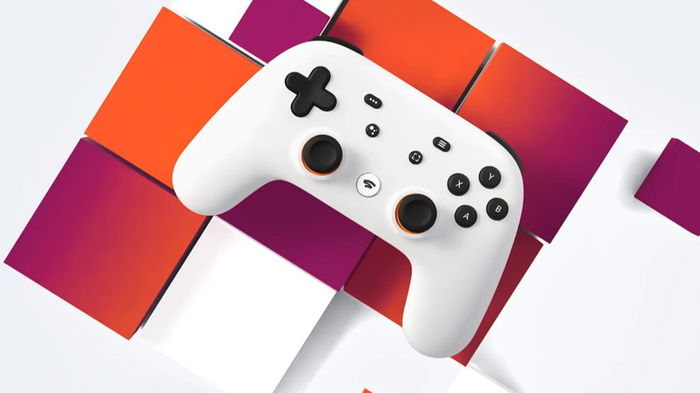
The Idea: The Future Is in the Cloud
The idea for Stadia was born within Google Cloud, the company's arm dedicated to server and storage infrastructure. The concept was based on a technology that had been under development since 2016, known internally as Project Stream. The goal was to test the feasibility of streaming demanding games directly from the cloud to browsers, eliminating the need for physical consoles.
In 2018, Google took the first public step in this direction by allowing some users to play Assassin’s Creed Odyssey directly through the Chrome browser. The game ran on the company's servers and was streamed in real time, while the player's commands were sent over the internet. The result was impressive; latency was minimal and visual quality rivaled that of next-generation consoles.
The test was a success and gave Google the confidence to move forward. The company believed it could become the "Netflix of games", allowing players to access titles instantly, without downloads, installations, or updates. All they would need was a good internet connection and a controller.
Stadia Arrives in the World
In March 2019, during the Game Developers Conference (GDC), Google officially unveiled Google Stadia. Phil Harrison, former executive at Sony and Microsoft, took to the stage to reveal what he called "the future of gaming." Stadia would allow players to play titles in 4K and 60 fps without needing dedicated hardware. The service would be accessible via Chromecast Ultra, Chrome browser, or Pixel smartphones.
The official Stadia controller also attracted attention. With a design similar to an Xbox controller, it connected directly to the cloud via Wi-Fi, reducing response time. In addition, it featured two unique buttons: one to instantly capture and share gameplay on YouTube, and another to access Google Assistant, allowing the use of voice commands to search for tips and information about the game.
Google's pitch was grand: Stadia would be not just a gaming platform, but an interactive entertainment ecosystem, fully integrated with YouTube and the company's services. It was the promise of a revolution.
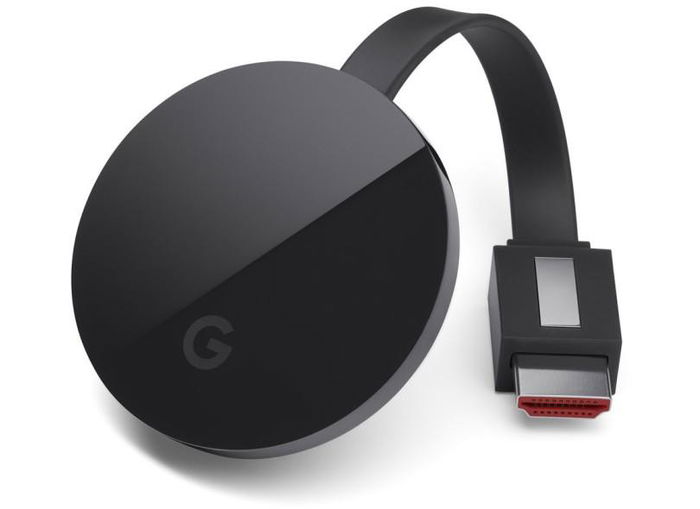
A Troubled Start
Google Stadia officially launched in November 2019, initially in 14 countries, including the United States, Canada, and much of Europe. However, problems arose right from the start.
The business model caused confusion. The public expected a Netflix-style subscription service, where paying a monthly fee would grant access to all available games. But Stadia operated in a hybrid way: there was a "Pro" subscription that entitled users to 4K streaming and some free monthly games, but most titles had to be purchased individually, even without the guarantee of being able to play them in the future if the service were discontinued.
Furthermore, the initial library was very limited, with only 22 games and the promise of more titles arriving "soon". Worse still, several announced features weren’t available at launch, such as stable 4K gameplay, instant game sharing via YouTube, and multiplayer mode with "State Share".
Another negative point was the inconsistent performance. Although the technology is impressive in theory, many users experienced input lag, resolution drops, and disconnections, especially outside regions with better internet infrastructure.
The specialized press quickly realized that, while promising, Stadia had been launched hastily and without the necessary support to compete with the industry giants.
The Promises and the Withering
In the months following its launch, Google attempted to adjust Stadia's direction. More games were added, and new features began to be released. The catalog came to include important titles such as Red Dead Redemption 2, Cyberpunk 2077, Destiny 2, and DOOM Eternal. However, the platform still suffered from a lack of exclusives and identity.
To try to change this, Google created Stadia Games and Entertainment (SG&E), an internal studio dedicated to developing exclusive games for the platform. Direction was entrusted to Jade Raymond, a renowned producer responsible for franchises like Assassin's Creed. The announcement seemed promising: Google would have its own titles to attract players and compete with Sony and Nintendo exclusives.
But, in practice, the investment never materialized as expected. Google had little experience in the game development market, and creating a new exclusive franchise takes years and millions of dollars. At the same time, the company seemed impatient for immediate results. In February 2021, less than two years after its launch, Google announced the closure of its internal SG&E studio, taking the industry by surprise.
With this, Stadia lost its main chance to differentiate itself. Without exclusives and with a small player base, the platform began to rely on re-releases and multiplatform games that ran better and had more support on traditional consoles.

Internal Problems and Lack of Commitment
Another crucial factor in Stadia's failure was Google's history of quickly shutting down projects. The company is known for testing innovative ideas, but also for abandoning them when they don't yield immediate returns, as happened with Google+, Google Glass, and many others. This reputation created distrust in the gaming community, which hesitated to invest money in a platform that could be shut down at any moment.
Furthermore, developers reported that Google didn’t communicate well with partner studios. There was a lack of clarity regarding deadlines, marketing, and expansion strategies. Some creators even learned about Stadia's end through the press before being officially informed.
The business model itself, based on individual game sales, was also widely criticized. Many players wondered: "Why buy a digital game that I can't download, and that will cease to exist if the service ends?". The pure streaming proposition was still viewed with suspicion in an industry that values ownership, collecting, and preservation.
The Beginning of the End
In 2022, it became clear that Stadia was in its terminal state. The number of active players was minimal, the library was stagnant, and studio interest had vanished. Even so, Google tried to maintain appearances, stating that the service remained strong and that new plans were underway.
But on September 29, 2022, the inevitable happened: Google officially announced that Stadia would be shut down in January 2023. The statement was straightforward: the project hadn’t achieved the expected traction with gamers, and the company would redirect resources to other areas of Google Cloud.
To everyone's surprise, Google made a rare and commendable decision: to refund all users for their purchases of games and hardware made through the official store. This included the Stadia controller, the Chromecast Ultra, and the digital games themselves. While the refund was seen as a positive gesture, it was also confirmation that the dream was over.
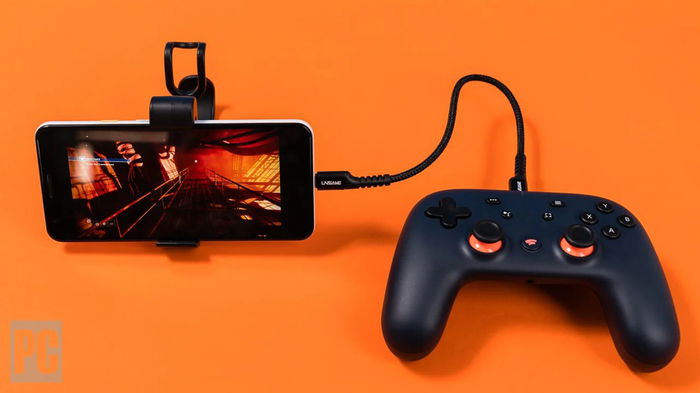
The Community and the Legacy
Despite all the problems, Stadia had a small but loyal fan community. Many praised the technology behind the service, stating that game streaming had never been so fluid and practical. Indeed, technically, Stadia was impressive. Google's server infrastructure allowed for a stability that few competitors could match.
The end of the platform made it clear that the technology wasn't the problem, but rather the execution. While Google failed to win over the public, other companies learned from its mistakes. Microsoft strengthened xCloud, integrating it with Game Pass, a much more attractive and flexible model. NVIDIA expanded GeForce Now, allowing gamers to access their existing Steam and Epic Games libraries. Even Sony and Amazon followed the streaming path with PlayStation Plus Premium and Luna.
Google, on the other hand, chose to repurpose Stadia's technology in other sectors. In 2023, it was revealed that the company would offer the platform's infrastructure under the name "Immersive Stream for Games," allowing other companies to use its technology in their own projects. However, this marked the end of the "Stadia" brand as a service directly aimed at consumers.
What Went Wrong
The failure of Google Stadia is a fascinating case study on the difference between technical innovation and market understanding. Google bet on a revolutionary idea—fully cloud-based gaming—but failed to translate that into a compelling business model or an emotional experience for gamers.
The lack of exclusives was fatal, but it wasn't the only mistake. Google underestimated the value of the ecosystem and the gaming community, which values not only technology but also belonging, continuity, and trust. Furthermore, the excessive focus on technological marketing rather than games or developers made Stadia seem like a demonstration of cloud power, not a true console or entertainment service.
There was also a timing problem. In 2019, the global internet infrastructure wasn’t yet prepared to support large-scale 4K gaming streaming. Even in developed countries, unstable connections and data limits hindered smooth access to the platform. Stadia was, in many ways, too ahead of its time.

Conclusion: The Console that Never Was
Google Stadia will be remembered as one of the greatest unfulfilled promises in the history of video games. A bold, technically brilliant project, but unable to find its place in a market that demands more than innovation; it demands commitment, patience, and a love for games.
The dream of game streaming, however, didn’t die with Stadia. It continues to live on in other forms, evolving with new platforms that learned from Google's mistakes. What Stadia did was pave the way, showing both the potential and the challenges of this new era.
In the end, Google didn't create the "Netflix of games". It created something different: a prototype of the future. A future that may still take a while to arrive, but which was inevitably accelerated by a project that dared to dream big and that, for that very reason, deserves to be remembered as a failure, but also as an important step in the evolution of video games.








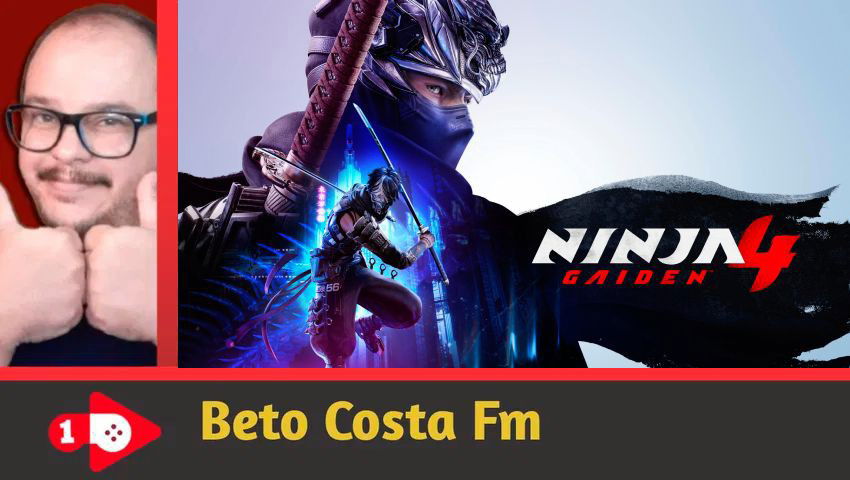
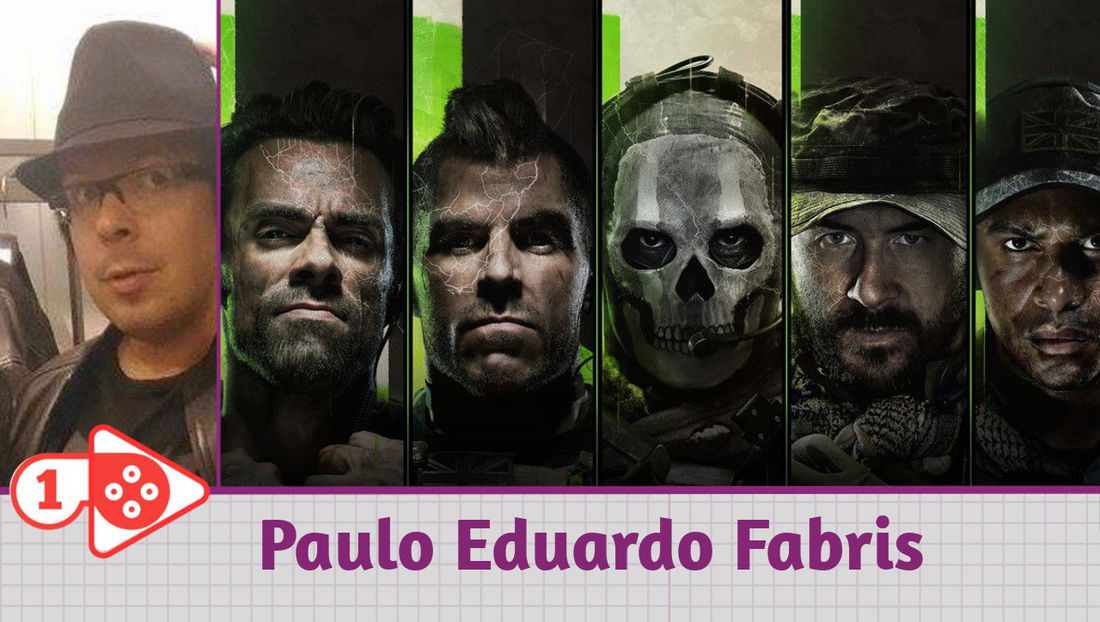



— Comments 0
, Reactions 1
Be the first to comment